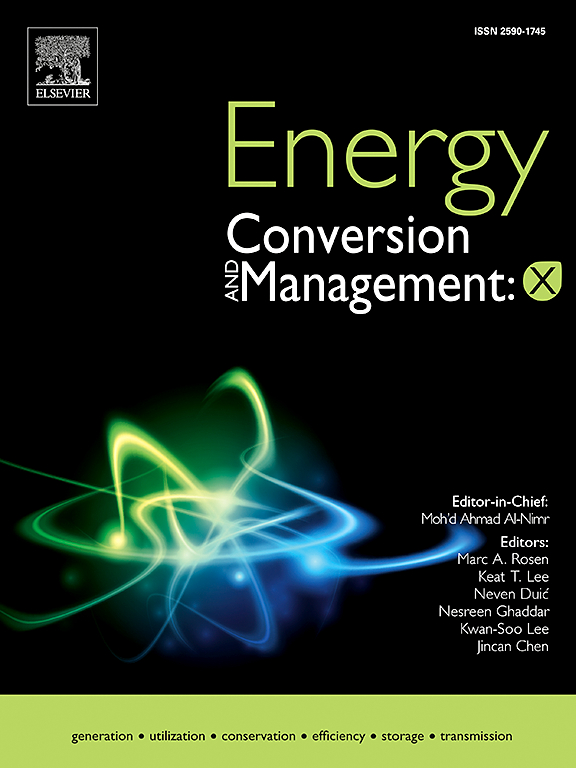A review on factors and components of CWSE for hydrogen production
IF 9.9
1区 工程技术
Q1 ENERGY & FUELS
引用次数: 0
Abstract
The pursuit of carbon neutrality and peak carbon emissions necessitates the development of hydrogen energy. Among the various hydrogen production technologies, coal water slurry electrolysis (CWSE) stands out due to its reduced total electricity consumption, which is only 1/3–1/2 of that of traditional water electrolysis. However, CWSE faces significant challenges in terms of low efficiency and instability, hindering its industrialization. To address these issues and explore potential pathways for efficiency enhancement and feasibility improvement, this review presents a comprehensive analysis of the current research and progress in CWSE compared to traditional water electrolysis. The impact of various components and factors, including catalysts, electrode materials, electrolysis voltage, coal pretreatment, coal particle microstructure, reaction temperature, sulfuric acid concentration, CWS stirring rate, and additional catalysts, on CWSE hydrogen production is thoroughly discussed. Furthermore, critical issues such as understanding the electrolysis mechanisms, increasing hydrogen production efficiency and reaction rates, and reducing energy consumption and carbon emissions (through carbon capture, utilization, and storage: CCUS) are addressed. Special attention is given to the interface design, including ion and proton exchange membranes, and electrodes. A SWOT analysis of CWSE is conducted to highlight its strengths and limitations, with future directions and technological prospects outlined. Additionally, this review emphasizes the interrelated characteristics between renewable energy integration, electrode and membrane material optimization, supercritical carbon dioxide (SC-CO2) recovery in conjunction with CCUS, and SC-CO2 medium jet technologies. Overall, this review promotes an in-depth exploration of the CWSE mechanism and advances technology strategies for large-scale applications, contributing to the development of sustainable hydrogen production technologies.
求助全文
约1分钟内获得全文
求助全文
来源期刊

Energy Conversion and Management
工程技术-力学
CiteScore
19.00
自引率
11.50%
发文量
1304
审稿时长
17 days
期刊介绍:
The journal Energy Conversion and Management provides a forum for publishing original contributions and comprehensive technical review articles of interdisciplinary and original research on all important energy topics.
The topics considered include energy generation, utilization, conversion, storage, transmission, conservation, management and sustainability. These topics typically involve various types of energy such as mechanical, thermal, nuclear, chemical, electromagnetic, magnetic and electric. These energy types cover all known energy resources, including renewable resources (e.g., solar, bio, hydro, wind, geothermal and ocean energy), fossil fuels and nuclear resources.
 求助内容:
求助内容: 应助结果提醒方式:
应助结果提醒方式:


